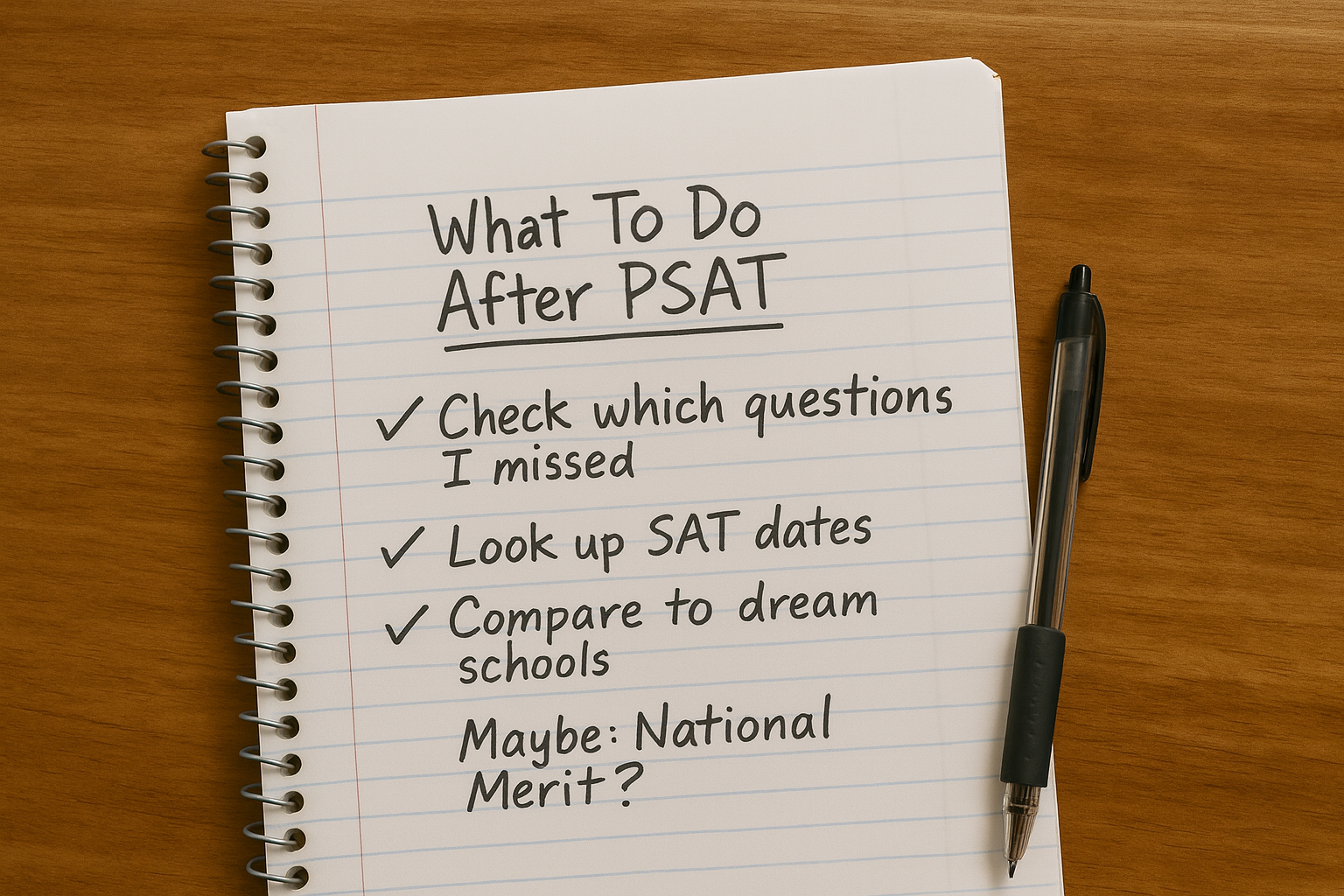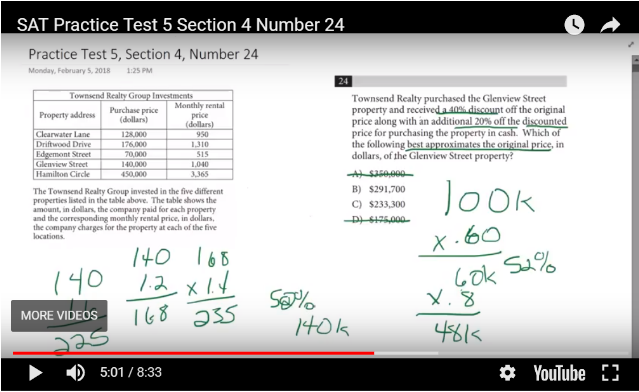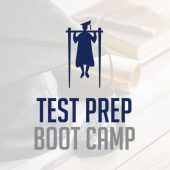What to Do After PSAT Scores
PSAT Scores Are Coming: Now What?
PSAT testing has already begun at many schools, and scores will start rolling in as early as October 23rd. Whether you’re a sophomore seeing the PSAT for the first time or a junior aiming for National Merit, here’s what to do once your scores come back.
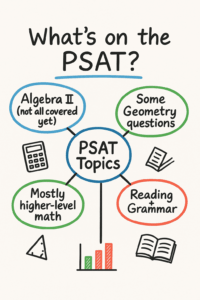 For Sophomores: Use the PSAT as a Diagnostic Tool
For Sophomores: Use the PSAT as a Diagnostic Tool
If you’re a sophomore, the PSAT is not a predictor of your college readiness—it’s a snapshot of where you stand right now. And here’s the thing: most of the test covers material you likely haven’t learned yet.
-
Geometry is common for 10th grade, but only 5–7 PSAT questions test it.
-
About two-thirds of the math is Algebra II or higher—content most sophomores haven’t fully covered yet.
This means your score should be seen as diagnostic only. Use it to identify your strengths and weaknesses. If you scored 1300 or higher, you might consider preparing for the junior-year PSAT to aim for National Merit recognition. Just know that National Merit scholarships are increasingly rare, and only a few colleges still offer full tuition awards for Finalists.
For Juniors: Two Big Reasons the PSAT Matters
For juniors, the PSAT carries more weight. It’s both a diagnostic tool and the qualifying test for National Merit Semifinalist status.
-
Use It to Prep for the Real SAT
Many juniors will take the SAT in the spring—or may have already taken it in August. The PSAT helps identify what still needs work. And thanks to the digital format, College Board now provides question-level feedback, including:-
The actual questions you missed
-
Correct answers
-
Explanations
This is invaluable since the College Board no longer offers the “Question and Answer Service” for the official SAT.
-
-
Understand National Merit Qualification
The PSAT is the only way to qualify for the National Merit Scholarship Program. But the process can be confusing. Here’s a quick breakdown:-
National Merit uses a Selection Index (NMSI), not your total score.
-
Formula: (Reading + Writing) x 2 + Math, then divide by 10.
-
In Texas, the class of 2026 needed an NMSI of 222 to qualify.
➤ Example: A student would need a 730 Reading and Writing and a perfect 760 Math to hit 222.
-
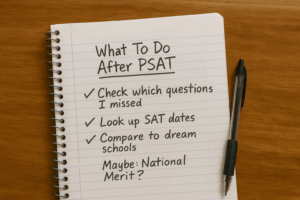 What to Do Next
What to Do Next
Here’s how students—especially juniors—can turn their PSAT results into actionable steps:
✅ Review Your Score Report
Focus on the question-level breakdown. Which concepts tripped you up? Was it content or timing?
✅ Compare to Your College List
Look at the average SAT scores for schools on your list. Are you close? If not, it’s time to start prepping.
✅ Plan Your Next Official Test
Based on your results, map out your SAT timeline. Do you need tutoring? More practice tests? Test-optional might be a fallback, but don’t plan on it just yet.
✅ National Merit Hopeful? Start Strategizing
If you’re near or above a 1300, you’re in the ballpark. Decide now if you want to gear up for junior-year PSAT prep to make a Semifinalist run.
Want a breakdown of the National Merit process? Stay tuned—we’ll cover that next.
Take the First Step Toward College Success!
Planning for college can feel overwhelming, but you don’t have to do it alone. Schedule a free 30-45 minute introductory consultation with a college admissions expert to create a personalized roadmap for your student’s future.
📅 Book your consultation today: Click here

